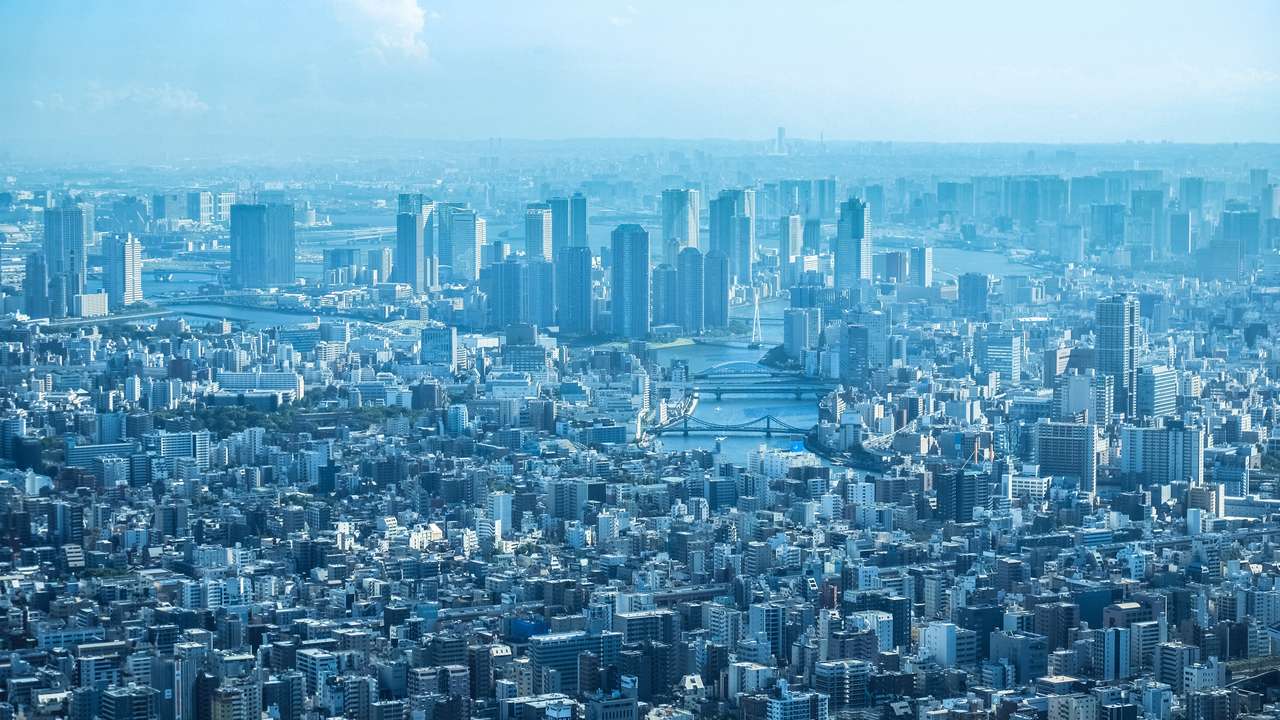World’s largest nuclear plant promises to lower Japan's power costs

The world’s largest nuclear plant, Kashiwazaki-Kariwa, is poised to resume operations this year after more than a decade offline, a move expected to help alleviate Japanese power costs.
Tokyo Electric Power Company Holdings, Inc. (Tepco) plans to restart the seventh unit at the Kashiwazaki-Kariwa facility in October, according to Bloomberg analysts Mariko O’Neil and Yumi Kim in their inaugural report on Japan’s power market, published on May 13.
The Kashiwazaki-Kariwa nuclear power station, located in Niigata on Japan’s main island Honshu, spans Kashiwazaki City and Kariwa Village. The site comprises seven power-generating units with a total output of 8.212 million kW.
The reactivation of the seventh unit is part of a broader effort to bring five reactors nationwide back online by 2025. However, this pace remains below government targets, which aim for nuclear energy to constitute about a fifth of the power mix by 2030, according to the analysts.
"The current schedule would require Japan to nearly double its active nuclear capacity between the end of 2025 and 2030," noted O’Neil and Kim. They added, "The shortfall left by delays in the nuclear restart program will largely be met by gas generation."
According to their projections, there would be an 11% monthly average fall in power prices in 2024 compared to the previous year attributed to a combination of low demand and higher supply from nuclear restarts as well as additional wind and solar generation.
This will mark the first time Tepco operates a nuclear reactor under the stringent safety regulations instituted after the catastrophic meltdowns at its Fukushima Dai-Ichi facility in 2011, Bloomberg reports.
Following the Great East Japan Earthquake on March 11, 2011, the power supply and cooling systems of three Fukushima Daiichi reactors were disabled, leading to a nuclear disaster.
The incident, rated level 7 on the International Nuclear and Radiological Event Scale, resulted in extensive radioactive releases over several days. While there were no deaths or cases of radiation sickness directly attributed to the accident, over 100,000 people were evacuated as a precautionary measure.